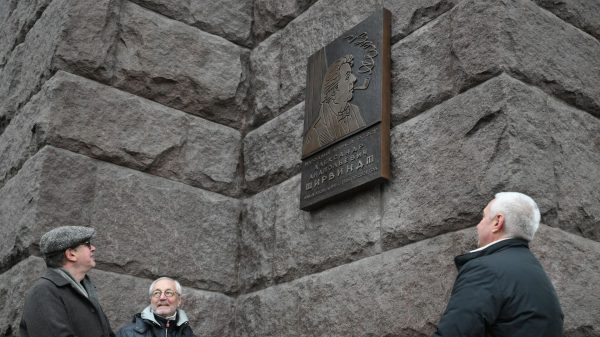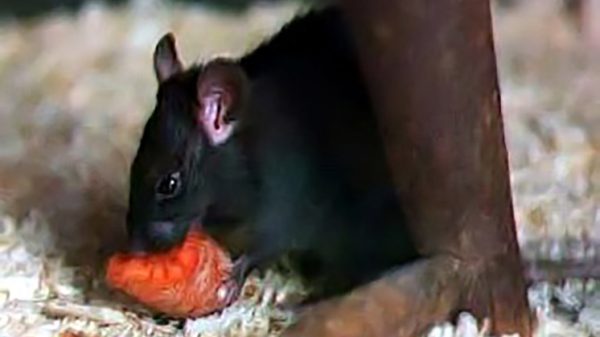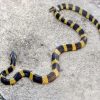The new mammoth remains beat the previous record for the oldest DNA ever discovered by nearly a million years
Credit: SWNS
The world’s oldest DNA has been extracted from the tooth of a mammoth that lived 1.65 million years ago.
It smashes the previous record by almost a million years, offering hope of mapping the genomes of a host of Ice Age giants.
An international team also sequenced the teeth of two other mammoths, which date back 1.34 million and 870,000 years.
The breakthrough sheds fresh light on the evolution of the iconic beast, and how fast it became adapted to a cold climate.
Senior author Prof Love Dalen, of the Centre for Palaeogenetics in Stockholm, said: "This DNA is incredibly old.
"The samples are a thousand times older than Viking remains and even pre-date the existence of humans and Neanderthals."
The teeth fragments, below, were unearthed from deep layers of permafrost in north east Siberia, which had frozen and preserved the notoriously fragile genetic material, with only minute amounts remaining.
Credit: SWNS
The oldest tooth belonged to a previously unknown lineage named Krestovka – after the location where it was found.
The animal diverged from other Siberian mammoths more than two million years ago.
The second oldest molar, from Adycha, is believed to have come from an ancestor of the woolly mammoth. Both molars are about six inches long.
Previously, the oldest genome ever sequenced came from a 700,000-year-old horse bone found in Siberia, which had also been frozen in the permafrost.
Lead author Dr Tom van der Valk, also from the Centre for Palaeogenetics, said: "This came as a complete surprise.
"All previous studies have indicated there was only one species of mammoth in Siberia at that point in time, called the steppe mammoth.
"But our DNA analyses now show there were two different genetic lineages, which we here refer to as the Adycha mammoth and the Krestovka mammoth.
"We can’t say for sure yet, but we think these may represent two different species."
The final and youngest tooth dug up in Chukochya measures about four inches and represents one of the earliest known woolly mammoths.
The findings, published in prestigious British journal Nature, show mammoths from the Krestovka lineage colonised North America some 1.5 million years ago.
And the giant 14ft-tall Columbian mammoth, the biggest of them all, was a hybrid. Half its genome came from Krestovka and the rest from the woolly mammoth.
Co-lead author Dr Patricia Pecnerov, of the Swedish Museum of Natural History, Stockholm, said: "This is an important discovery.
Prof Love Dalen and Dr Patricia Pecnerov with a mammoth tusk previously found on Wrangel Island, Russia, in 2017
Credit: SWNS
"It appears the Columbian mammoth, one of the most iconic Ice Age species of North America, evolved through a hybridisation that took place approximately 420,000 years ago."
Around one million years ago the woolly Columbian mammoth had not yet evolved. This was the age of their predecessor, the ancient steppe mammoth.
But the buried teeth provide a remarkable window into this time and show the picture was much more complicated than we thought.
The ages were calculated using an analytical technique known as the ‘molecular clock’.
It combines the genes of organisms with knowledge of shared ancestors.
The study found mutations associated with life in the Arctic were already present in the Adycha mammoth, long before the origin of its woolly cousin.
They included variants for hair growth, thermo-regulation, fat deposits, cold tolerance and circadian rhythms.
The results indicate most adaptations in the mammoth lineage happened slowly and gradually over time.
Co-lead author Dr David Diez-del-Molino, also from the Centre for Palaeogenetics, said: "To be able to trace genetic changes across a speciation event is unique.
"Our analyses show most cold adaptations were present already in the ancestor of the woolly mammoth, and we find no evidence natural selection was faster during the speciation process."
The new results open the door for a broad array of future studies on other species that expanded across the globe during the same period.
It saw major changes in climate and sea levels, and was the last time Earth’s magnetic poles changed places.
Genetic analyses on this scale has great potential to explore a wide range of scientific questions, say the researchers.
Co-author Prof Anders Gotherstrom, joint research leader at the Centre for Palaeogenetics, said: "One of the big questions now is how far back in time we can go. We haven’t reached the limit yet.
"An educated guess would be that we could recover DNA that is two million years old, and possibly go even as far back as 2.6 million.
"Before that, there was no permafrost where ancient DNA could have been preserved."
Last year researchers in China found material in a 75 million year old plant-eating dinosaur they said looked like DNA. Other experts refuted the claim.






















































Свежие комментарии